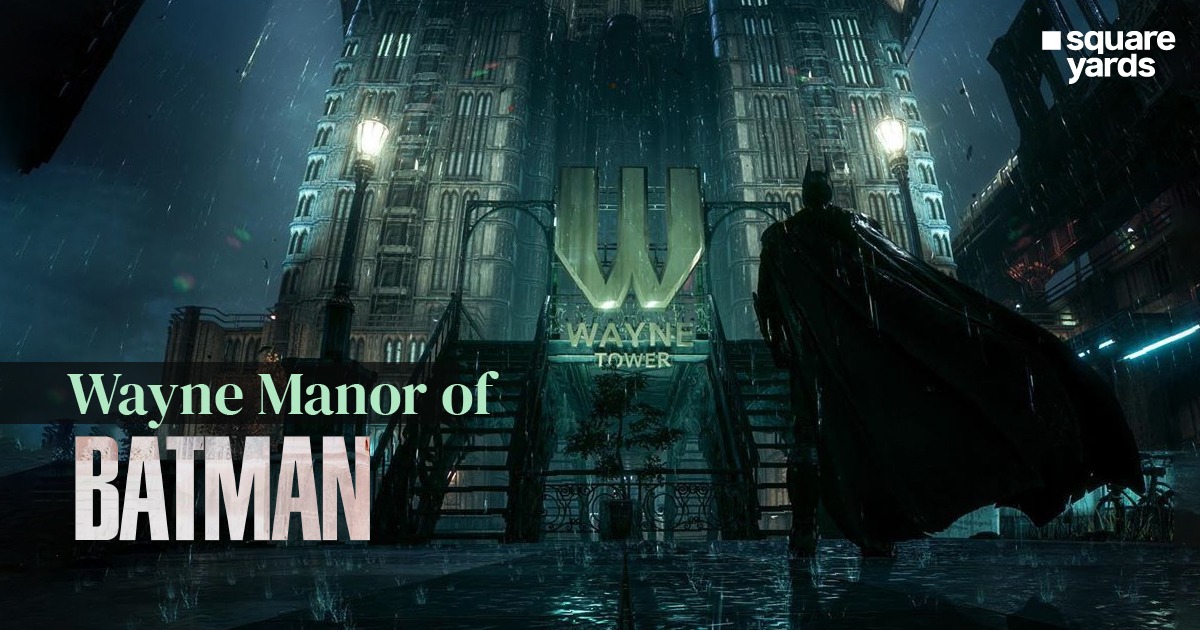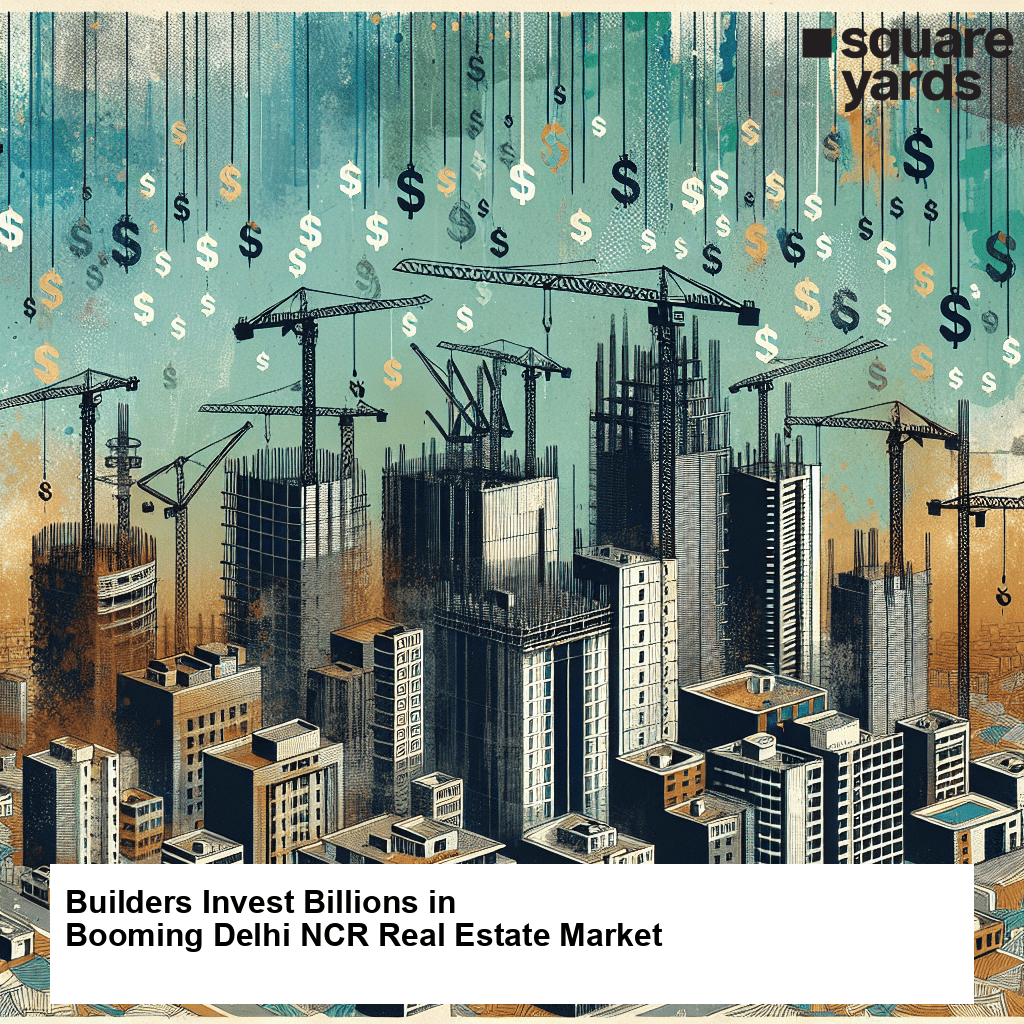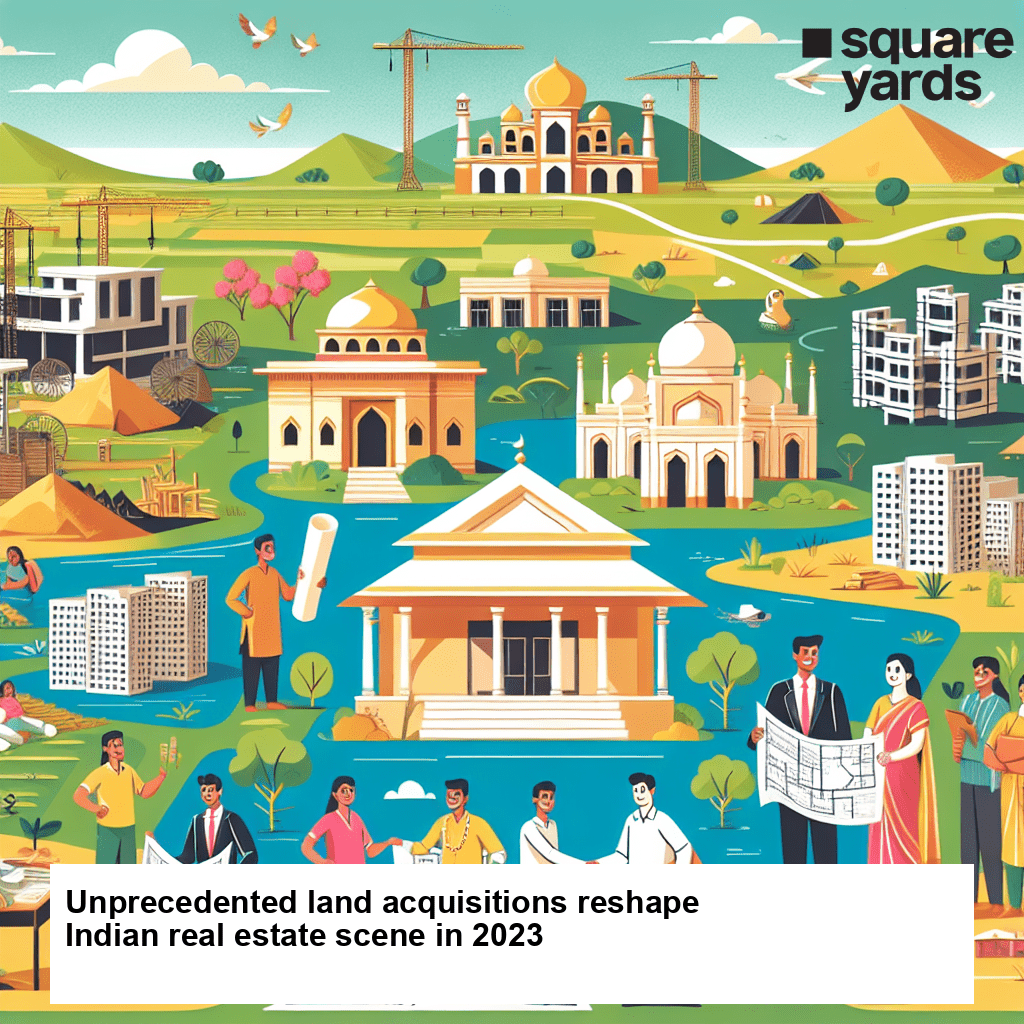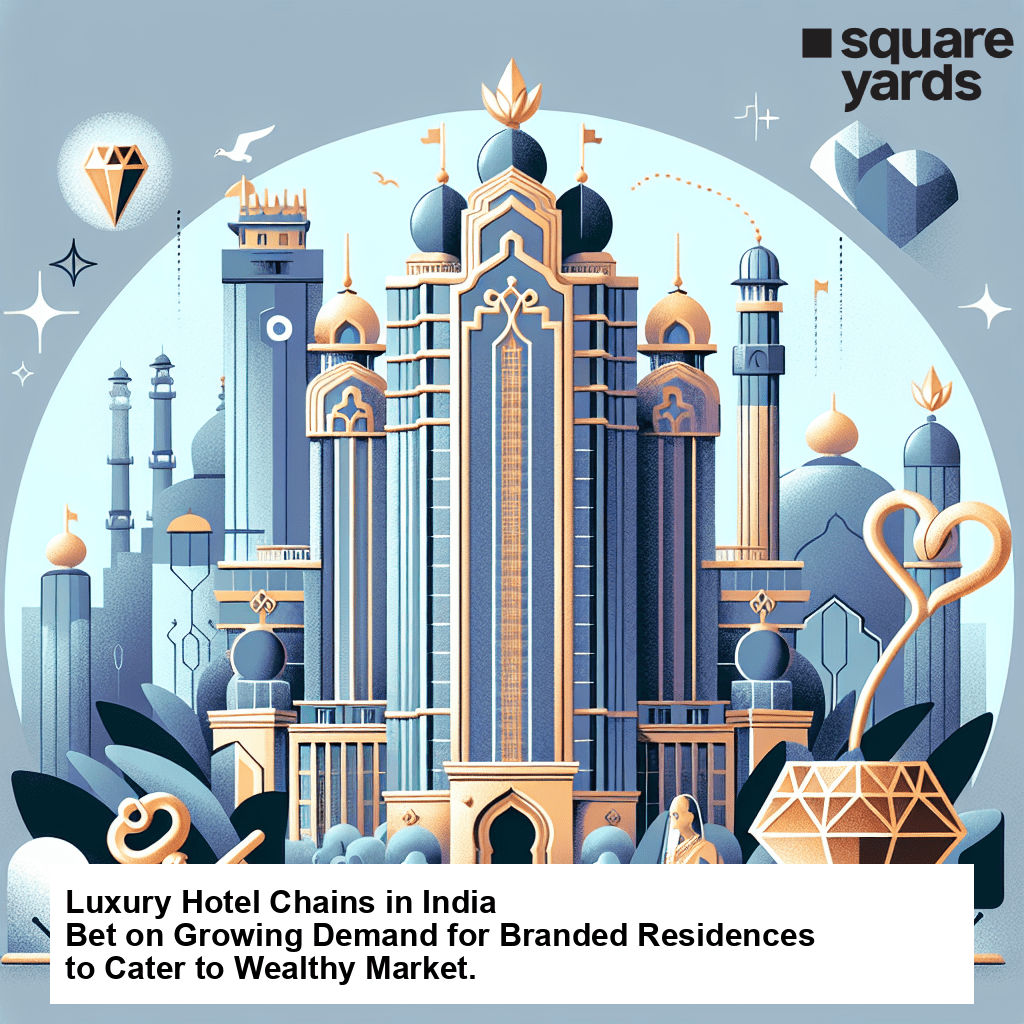“Ah, The Dark Knight, Caped Crusader, The Master Detective, Silent Guardian, or should I just call the Bat!”
Bruce Wayne, aka Batman, the Knight, the vengeance, a marvel of the DC universe. Even if you’re not his greatest fan, we all know him, consistently dominating superhero culture for over 80 years. While many of us are captivated by the thrilling escapades of Batman in the comics or series, we seldom forget where our heroes unwind.
I’m talking about soul-searching sanctuaries or hidden abodes of these superheroes, like Batman’s Wayne Manor. In this blog, we’ll uncover the saga of Wayne Manor, lying on the outskirts of Gotham City and maintained by the Wayne family butler Alfred Pennyworth.
But before that, let’s revisit our memories. How has this superhero with no actual superpowers but armed with an intellectual streak, photographic memory, martial arts and detective skills captivated audiences?
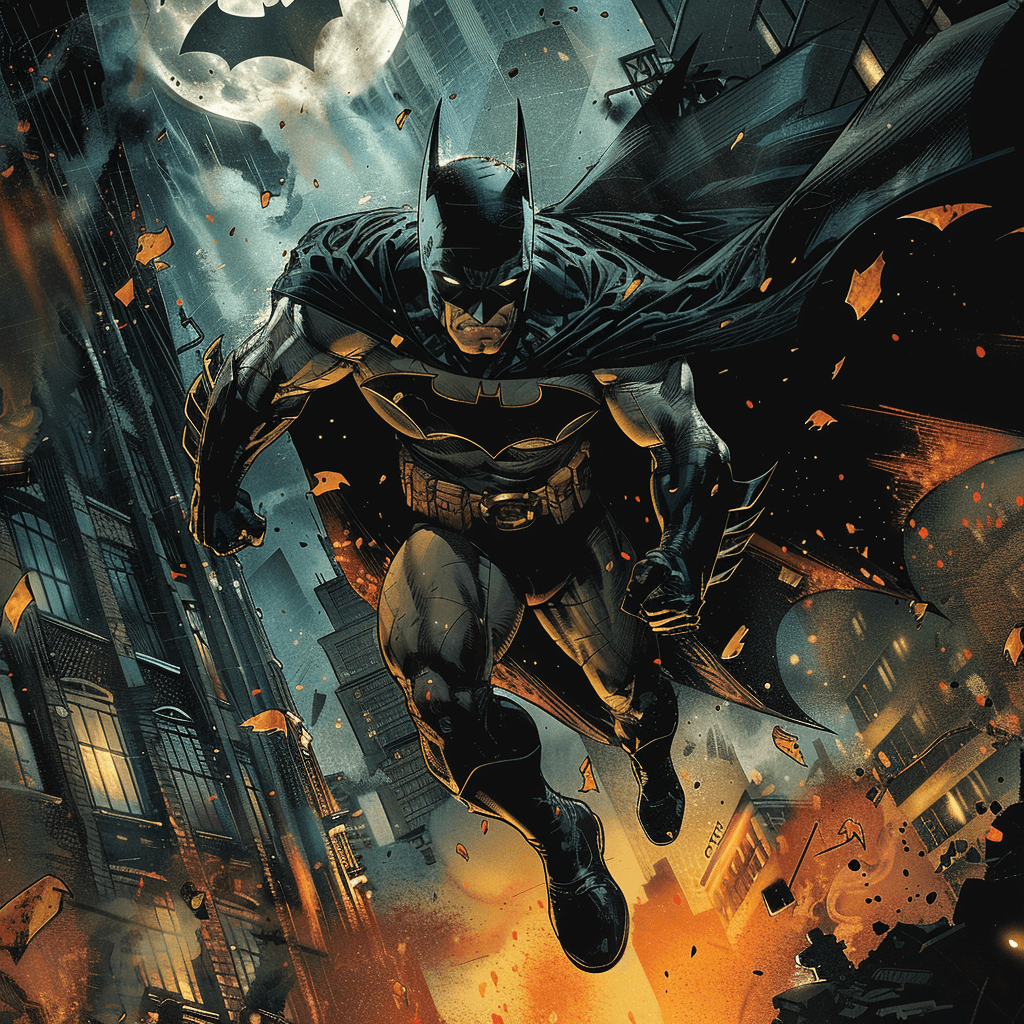
Source – discordapp
Table of contents
- Chronicle Of The Dark Knight
- Bronze Age- Batman DC Comics 1939
- The Dark Time – Batman 1943
- Post-War Glow- Batman and Robin (1949)
- Gothic Galore- Batman 1966
- Castle for a Dark Knight – Batman and Batman Returns (1989,92)
- A New Era for Wayne Manor- Batman Forever 1995
- The Dawn of Realism- Batman Begins 2005
- Batman Eternal- The Dark Knight and Dark Knight Rises
- Modern Metamorphosis- The Batman 2022
- Legacy Continues- The Next Chapter
Chronicle Of The Dark Knight
A tale of a young boy whose life was altered after witnessing the tragic death of his parents in a dark alley — and, who then vows to enact vengeance against fighting crime in Gotham City. From unassuming civilian Bruce Wayne to the Dark Knight donned in a cape and cowl, he’s the best possible crimefighter with super combat skills that evolve with the times.
Also, the hero is only good if the villain is, and Gotham’s protector has a rogue gallery of some crazy cool villains. Who can forget the Clown Prince of Crime, Joker or the decoder Riddler?
These villains penetrated the ethical principles and convictions that guide him, uncovering Batman’s secret identity as Bruce Wayne and identifying his home, Wayne Manor. The addition of narratives aims to be equally challenging, captivating, and exhilarating.
Simultaneously, his combined wealth and intelligence have given him his iconic gadgets. Batman’s arsenal has more toys than Santa’s workshop!
From Batrangs to Batmobiles and Bat Signals, he’s got a gadget for all. Not to forget, all these gizmos are kept in the darkest alley, the Batcave lying underneath the GOAT of all, his legacy Home- WAYNE MANOR.
The secluded Wayne Manor is positioned on the outskirts of Gotham City, with the silhouettes of towering skyscrapers in the distance. This remarkable estate is not just a piece of history or a marvel of architecture; it embodies the essence of the Batman saga, becoming a character in its own right. It signifies Bruce Wayne’s youth and family heritage. Within its quiet corridors and secret passageways lies the complexity of the Caped Crusader, reflecting the internal and external struggles he endures.
How do you replace a man who’s irreplaceable?
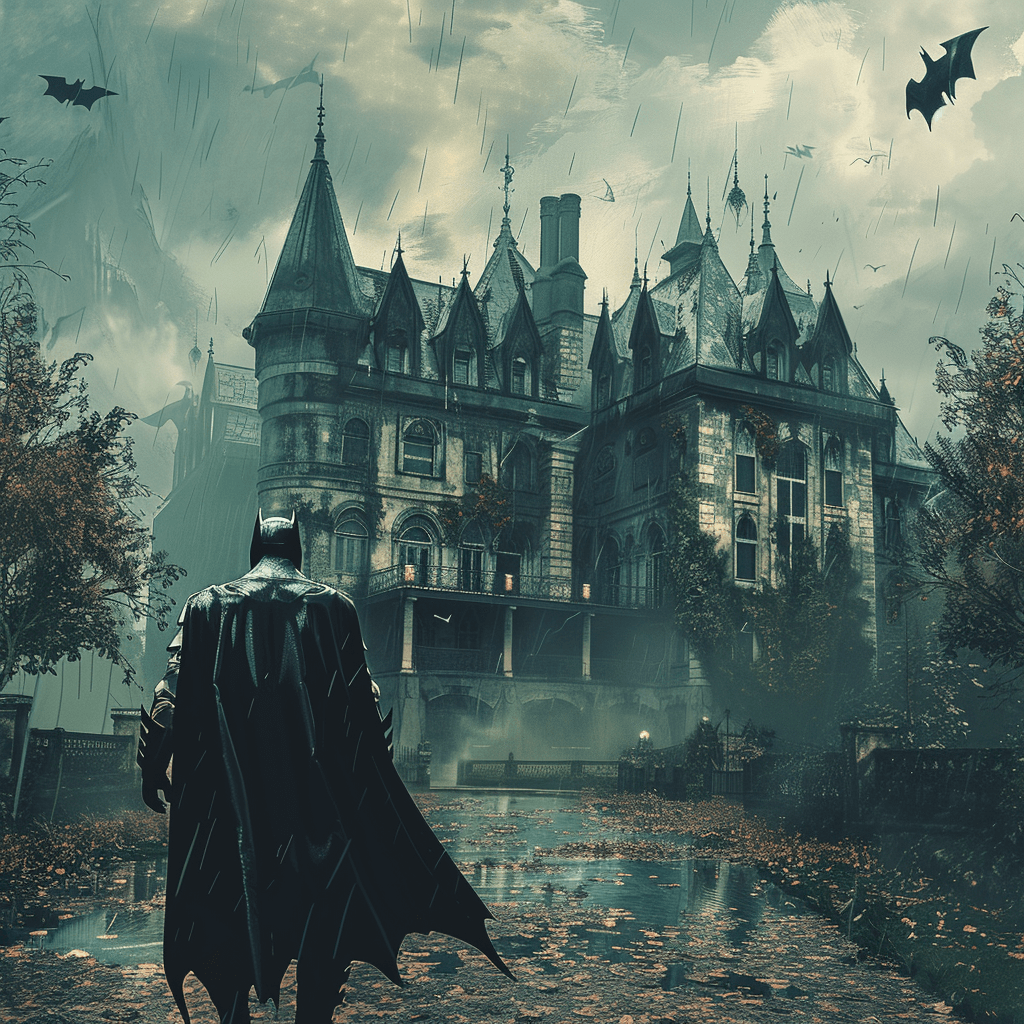
discordapp.com
Bronze Age- Batman DC Comics 1939
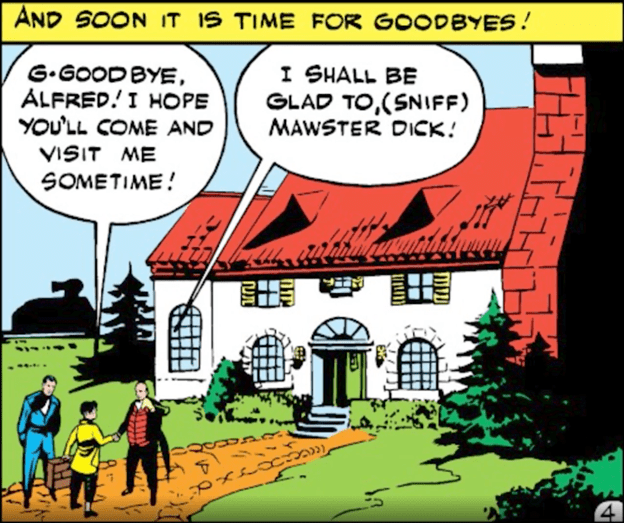
Credits- Courtesy of DC Comics
Envisioned by artist Bob Kane and writer Bill Finger, Batman first appeared in Detective Comics #27, 1939. If you think of Bruce Wayne’s ancestral home, a picture of a dark palatial abode strikes the mind, symbolising the wealth and heirloom of Wayne’s family. However, it originally started as a modest suburban home with stucco, arched windows, and a red tile roof, depicting a Spanish Mission style. Its design is simple and practical, showcasing the architectural norms of that era, untouched yet by the darkness.
The Dark Time – Batman 1943
Over the years, the mansion gradually began to change, especially when the live-action version of the story came to life. In 1943, filmed at the height of the Second World War. The Batman serial depicts the mysterious exterior of the manor, disguised in trees and dark sky. The imposing aesthetic of the home features two separate wings, pitched roofs and expansive dormer windows. Quite frankly, making the connection with the real world, where the looming threat of global war was shaping every aspect of life.
Post-War Glow- Batman and Robin (1949)
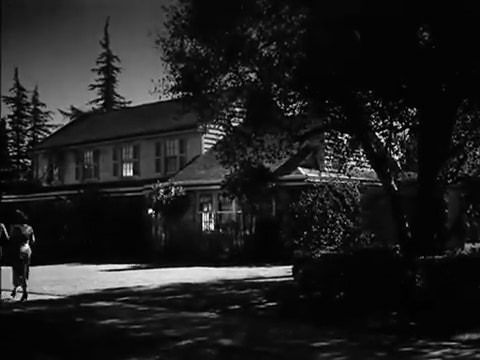
Credits- Columbia Pictures
The night is darkest just before the dawn. And I promise you, the dawn is coming..
The post-war era presents Wayne Manor in a new light, promoting prosperity and optimism while retaining its mysterious essence. The 1949 Batman and Robin series pictured the Manor as a regular, colonial-style, suburban house, reflecting the trend towards more elaborate and grand homes with double-hung windows and shutters.
Gothic Galore- Batman 1966
In the 1960, Batman was officially introduced as the Gotham City hero in its first full-length theatrical adaptation of DC Comics, starring Adam West. Based on the television series of the same name, the 1966 Wayne Manor begins to develop into a stately home as we envision it today.
It oozes a grand level of luxuriousness with double gables, a stone bay, a sprawling entrance and limestone detailing that lends a textured and articulated feel, reminiscent of the Gothic revival style. Just like the exteriors, the interiors introduced Gothic motifs and intricate designs, providing a rich and visually engaging backdrop for Batman adventures.
It also features objects like bookshelves or a non-functioning old grandfather’s clock that leads to the secret passage to Batcave.
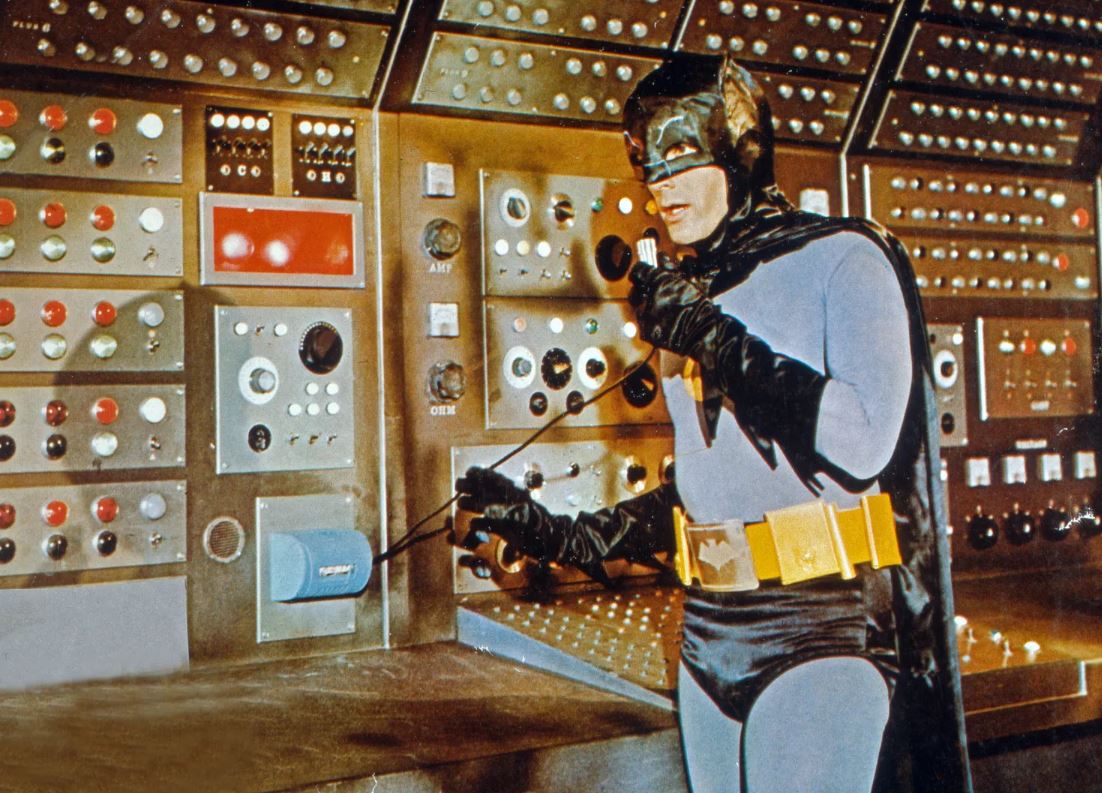
Credits- Architectural digest
Castle for a Dark Knight – Batman and Batman Returns (1989,92)
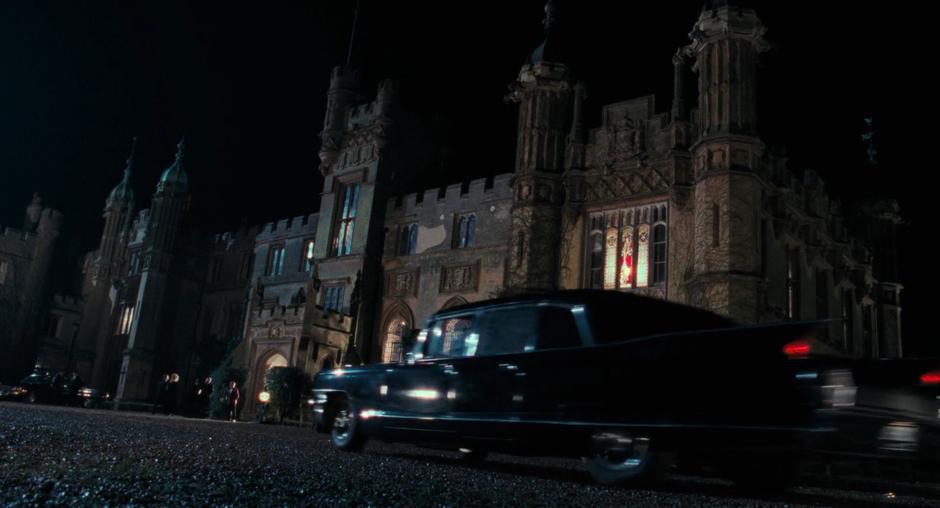
Source – Warner Bros
This period marked the beginning of the Manor as a symbol of Batman’s dual identity, grandiose yet enigmatic.
Tim Burton’s Batman movie takes on a darker and more realistic side, bringing a visually stunning Gothic Tudor mansion from the pages of a novel to the big screen. This real-life castle is the Knebworth House, an English country house built in the fifteenth century. The Manor’s architecture is characterised by crenelations, flanking wings, stained glass windows, and fancy stonework, which is a sight to behold.
Burton’s Wayne Manor and Batcave was much more imaginative, flashy and alluring than the literal version of the 1966 movie. The physical manifestation of the fortress captivates a mythical aura where fantasy and reality blur.
A New Era for Wayne Manor- Batman Forever 1995
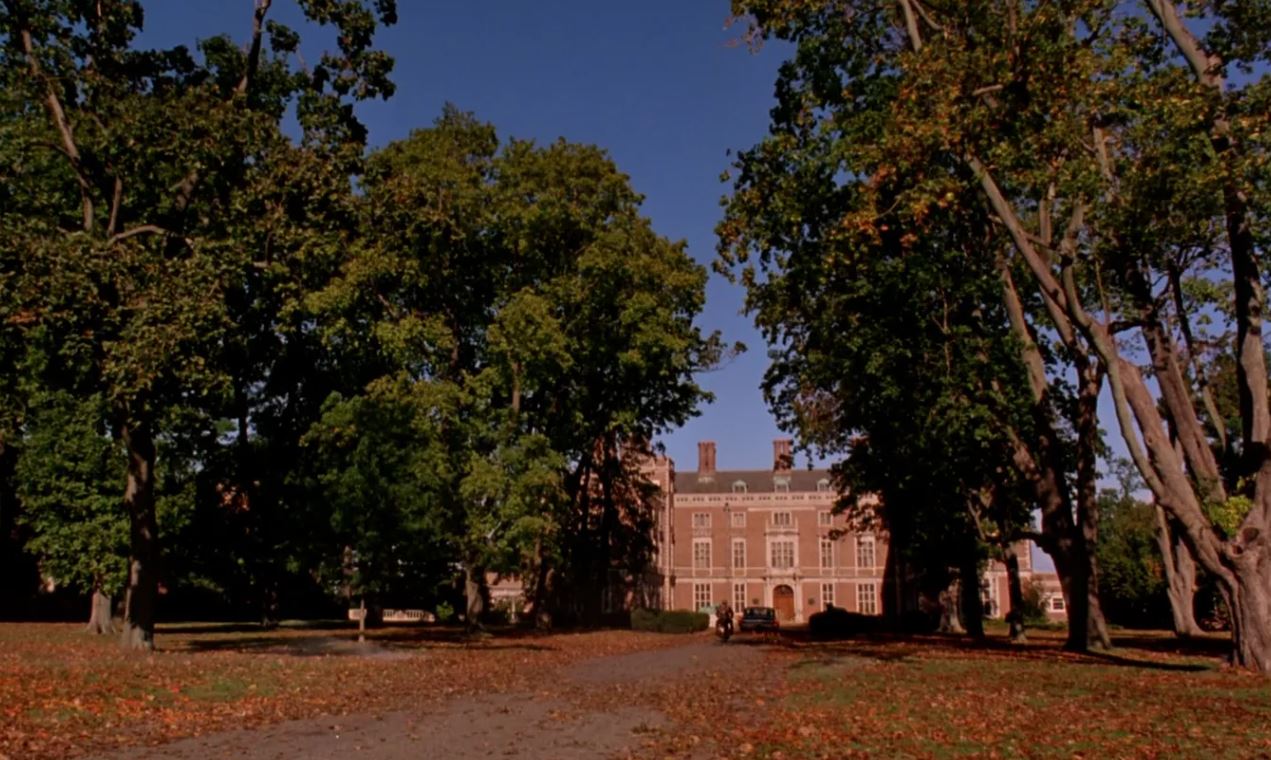
Source – architecturaldigest
In this Wayne Manor transcends it into a more subdued look, lacking elaborate detailings. Although the scale is larger with pitched roofs, paired chimneys and stone-framed punched windows, the building is pragmatic and collegiate-style. It’s quite distinct from the previous depictions, giving a whole different feeling to the Caped Crusader. However, this location has been used in several Batman adaptations, including Joker.
The Dawn of Realism- Batman Begins 2005
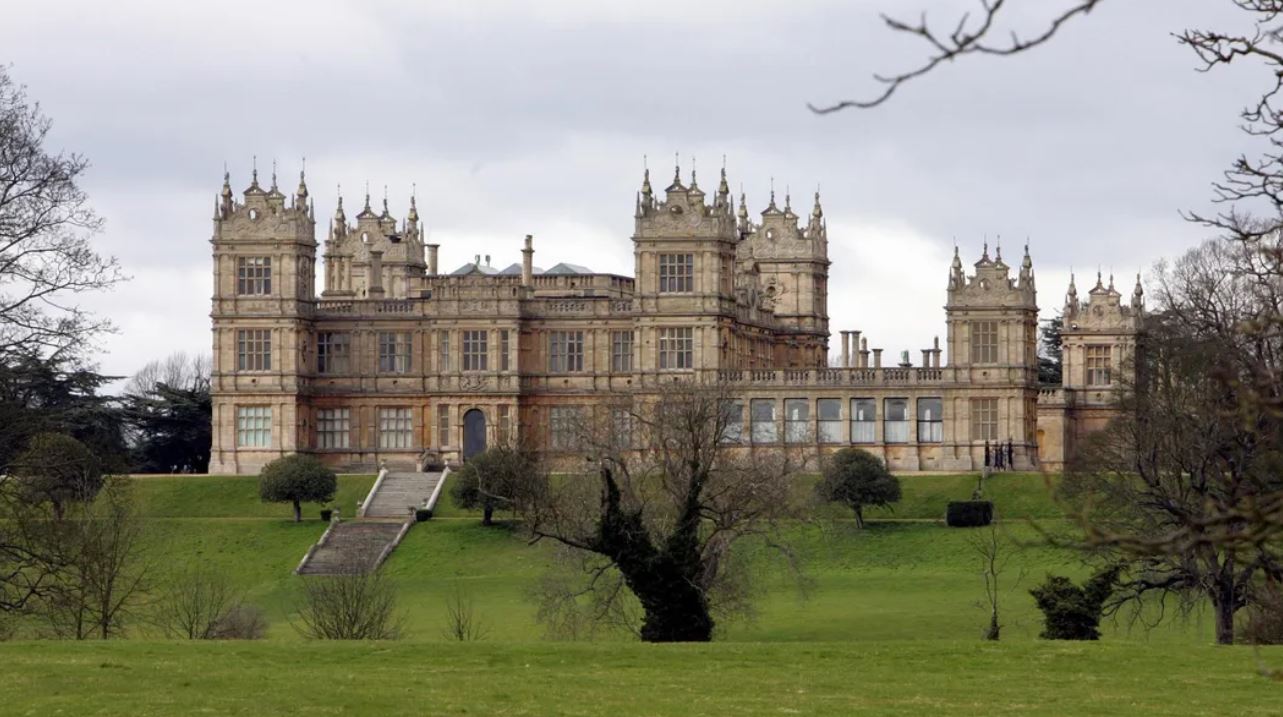
Source – architecturaldigest
Moving on to Christopher Nolan’s trilogy, Batman Begins strikes a turning point for Wayne Manor, a palatial estate fit for Gotham’s watchful protector. Nolan stripped back the Gothic excesses to bestow a Manor that was regal yet grounded, a more muted and realistic approach to the Bat-tropes.
This magnificent manor is a revival of an Elizabethian/ Jacobethan-style estate in Buckinghamshire, England- the Mentmore Towers. The ornamented details of this estate, with its towering structures and expansive grounds, sheath the dark, gargoyle-infused aesthetic of Batman. But sadly at the end of the movie, the Wayne Manor burns down.
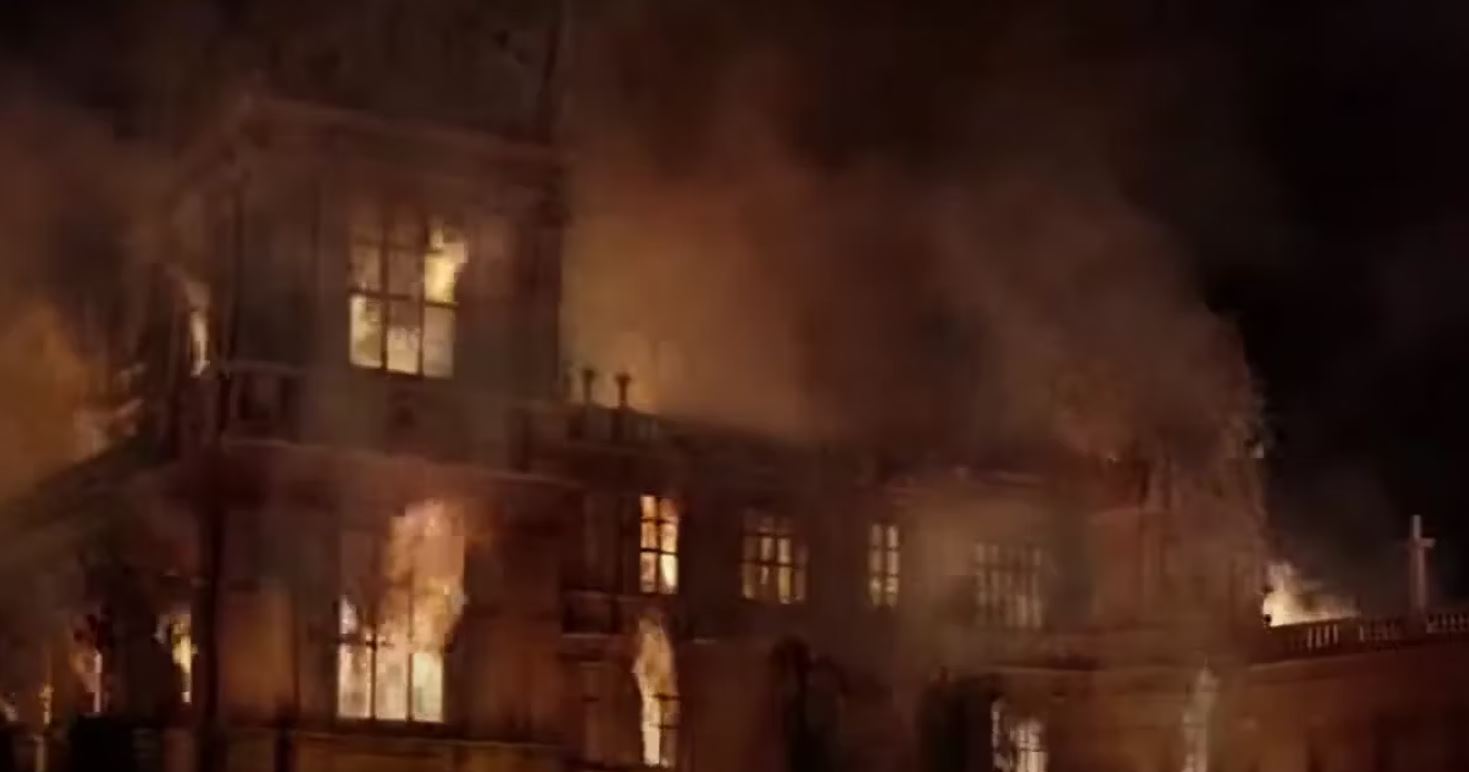
Source – srcdn
The fire that engulfs Wayne Manor symbolises Bruce Wayne’s character transformation into Batman, exemplifying the brute strength of Dark Knight. (The Wayne legacy is more than bricks and mortar, sir.)
Batman Eternal- The Dark Knight and Dark Knight Rises
Although Wayne Manor was being rebuilt during the Dark Knight, Batman moved into Wayne Towers’ penthouse, which is actually a Mies Van Der Rohe building in Chicago. This time, instead of the ornate designs, he opts for a minimalist and refined style—a clean aesthetic promoting Less is More.
However, the superhero in Dark Knight Rises returns to his castle-like home. The biggest irony is the real-life building, in this part, Wollaton Hall has been inspired by the original Mentmore Towers. These structures embody Gotham’s dark, gritty, gothic architectural style that perfectly enfolds the ramifications of Batman’s world.
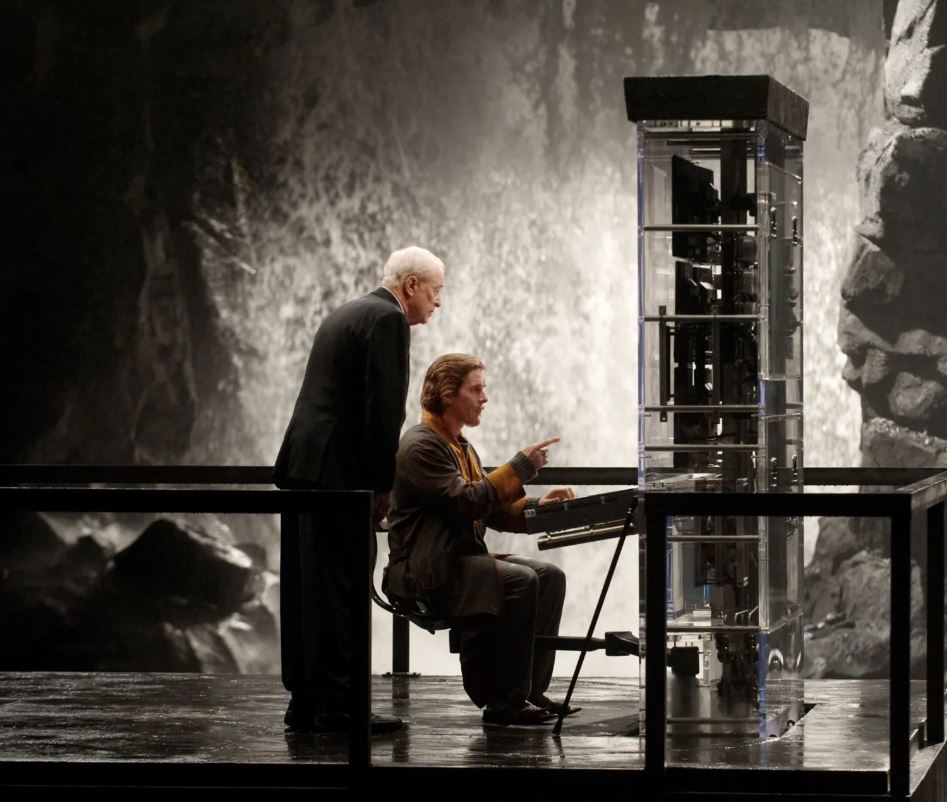
Source – architecturaldigest
Modern Metamorphosis- The Batman 2022
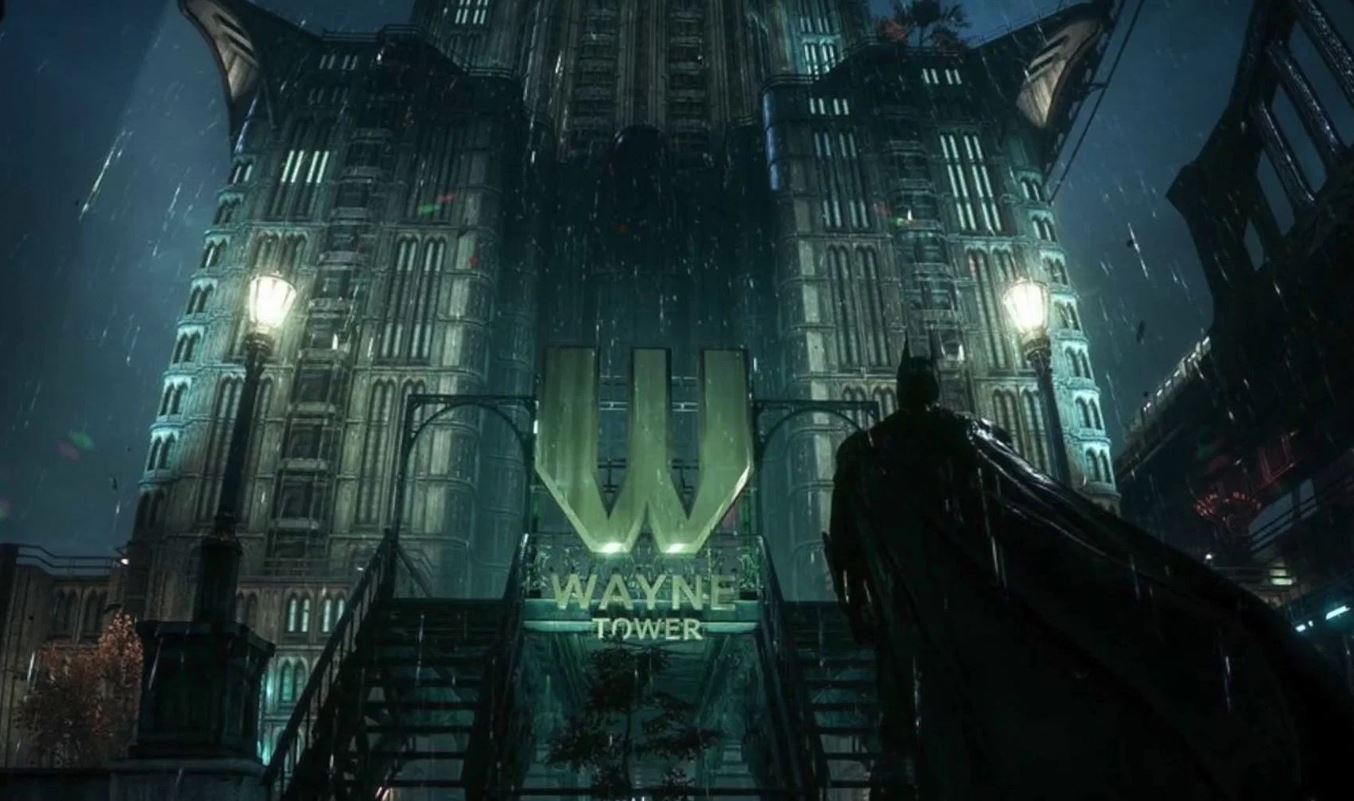
Source – luxxu.net
In the recent Batman movie, Gotham’s guardian lives in an elaborate Art Deco tower. What is fascinating is that it features an amalgamation of styles, from ornate Grecian columns to a building base with an understated mid-century aesthetic, and it encapsulates a fantastical version of Wayne Manor. However, in previous adaptations, Bruce is situated in a mansion in the suburbs of Gotham. But here, the filmmaker Reeves wanted to switch things up, placing the Wayne Towers amid the city, setting a distinct fabric.
Legacy Continues- The Next Chapter
So, what do you think should be the next iteration of Wayne Manor in Batman films that could reflect Bruce Wayne’s public facade and hide Batman’s true identity?
Thinking about the future that could lead to Batman’s new frontier, I can visualise a space blending modernity and tradition. Batman uses technology and resources to devise a smart and sustainable design that balances luxury with dark maximalist decor and features AI-advanced management, promising innovation, adaptability, and betterment.
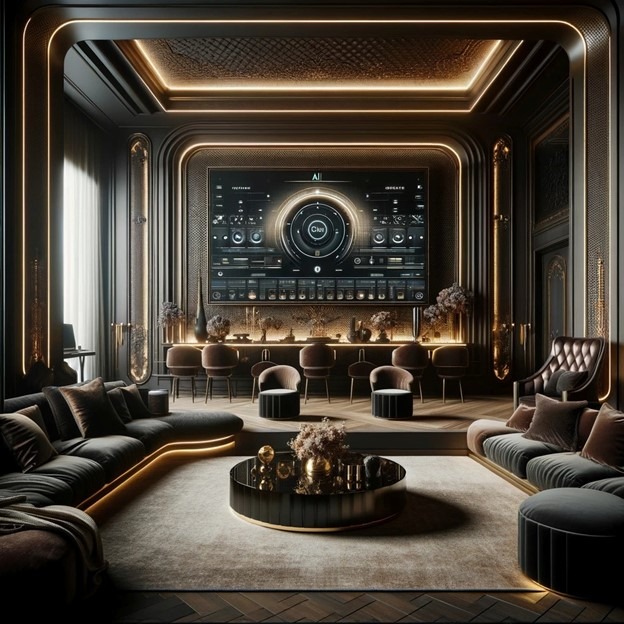
The world of Batman is fascinating and entertaining yet complicated, just like the real world, making him the most relatable and remarkable fictional character of all time.
“The future has never looked brighter for the Dark Knight and his Wayne Manor!”


